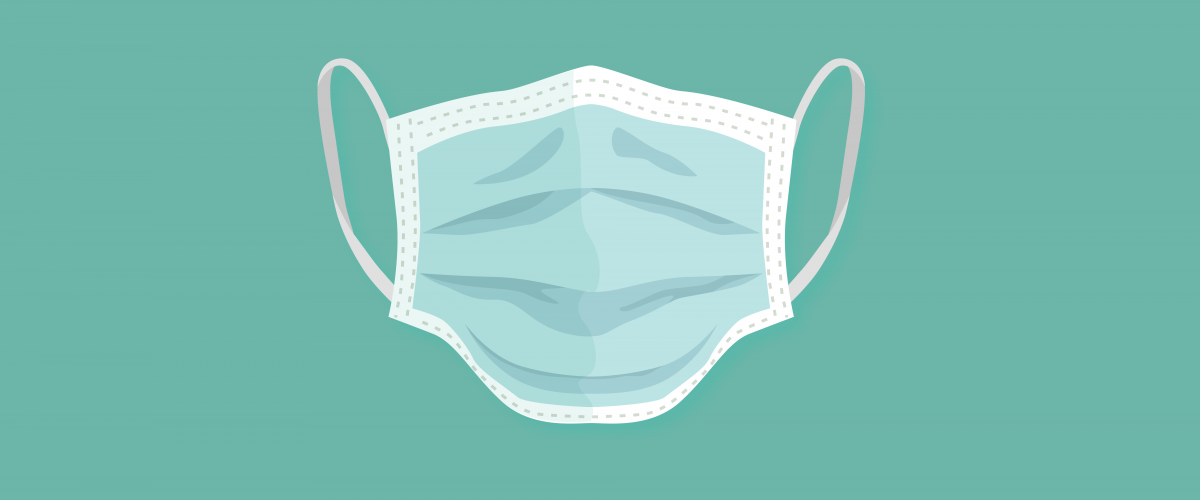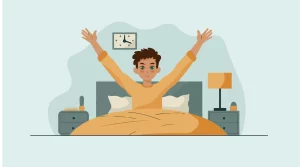Have you ever spent several hours at a screen wearing your mask and found your eyes become dry or irritated, tired, stinging, itchy or gritty? Have you had problems with your vision, found it harder to see objects at a distance or suffered from migraines?
All these symptoms indicate that you may be developing dry eye.
Since the start of the global health crisis triggered by COVID-19, we have seen a growth in the number of patients with dry eye.
As the number of COVID-19 infections rises, wearing a mask has become essential to preventing transmission of the virus. However, wearing a mask can increase the likelihood of developing dry eye.
We have also noticed that lockdown and the growth in home working have greatly increased the number of cases of dry eye.
Why does wearing a mask aggravate dry eye?
Masks considerably reduce the amount of air released into the external environment. But the air you breathe out has to go somewhere: it rises up the mask to the surface of the eyes, increasing the rate at which the tear film evaporates. The tears become more unstable and dry out more quickly, which can leave the eyes feeling dry or irritated.
Why have lockdown and working from home made dry eye worse?
Screen use increased heavily during lockdown and when people started working from home. This has made existing cases of dry eye worse, or simply triggered dry eye in people who were previously unaffected.
According to an Ophtalmic survey conducted by French market research firm Ifop, French people spend an average of two hours per day using some kind of digital screen. Lockdown and working from home have resulted in a huge increase in the amount of time spent in front of a screen, with some people clocking up over ten hours per day.
It is important to remember that screen time has an impact: working at a screen requires a lot of attention and demands too much of our eyes, meaning we quickly lose the reflex to blink. We need to blink in order to hydrate the surface of the cornea, the transparent membrane that covers the eye.
Being locked down indoors also has a major impact on the surface of the eyes. Indoor air is often drier than outdoor air. It is often less humid, which results in the eye surface drying out.
So, how can we prevent and relieve dry eye during the COVID-19 pandemic?
These are our top tips:
- Prevent the risk of dry eye linked to wearing a mask:
- Choose a mask with metal strips, to ensure it fits your face perfectly
- Make sure you are wearing your mask correctly: ensure it is placed properly over your nose and make sure there isn’t too much space between the mask and your face. Check that the mask doesn’t stop you from blinking properly
- Consider using lubricant eye drops
- Prevent the risk of dry eye linked to being indoors:
- Ventilate rooms regularly, morning and evening, to allow humid air to circulate
- Limit air con use
- Don’t have fans blowing directly on your face
- Use a humidifier in the rooms where you spend the most time
For more information on “Dry eye and working at a screen”, click here.
IF THE PROBLEM DOES NOT GO AWAY, SEE AN OPHTHALMOLOGIST.




